Introduction to the Use of DMSO and Essential Oils for Hair Loss
Males and females experience hair loss equally. Alopecia areata and androgenic alopecia are prevalent conditions, and sadly, medication therapies like as minoxidil and finasteride (Propecia) may have severe adverse effects and permanent disability if used for an extended time.
Even though essential oils may help both stop and regrow hair, you might want more than a topical therapy to reduce the quantity of hair you lose each day. Adding nutritional supplements like magnesium and Lugol’s iodine to your diet, along with herbal remedies, may enhance the effectiveness of your at-home hair loss therapy.
Before using DMSO for hair loss, read these guidelines!
Read The Rules Before Using DMSO for Hair Loss!
Dimethylsulfoxide, or DMSO, is a chemical that comes from trees. Although the FDA has authorized it, this medication is not often utilized in contemporary medicine due to its potential to revolutionize the pharmaceutical sector and make medicine more accessible to the general public. To keep things brief, however, I will simply go over the essentials when it comes to mixing DMSO with essential oils. Start by reading this article on general safety precautions when using DMSO.
Medication, including the medicinal components of essential oils, is strengthened by DMSO. Furthermore, it delivers these active components straight into the cells. It is “intelligent” in that it searches for and locates the cells that need the therapy it carries the most. The active components in essential oils are carried deep into the hair follicles by the DMSO when it is combined with them. However, use caution while applying it, particularly if you want to use it as a regular natural hair loss cure on your skin. Because DMSO is so drying, if you use too much of it too often without adding the right amount of water to balance it out, you risk burning your skin. Be aware that while DMSO promotes hair growth by penetrating deeply into the hair follicle, it may also cause hair to become dry and brittle. Thus, if you find that this treatment for hair loss is too drying for your hair, pay attention to the issue of dry hair and modify your DMSO + essential oils regimen plan accordingly.
WARNING: Only use essential oils and nothing else with DMSO. DMSO may be combined with a variety of substances. Furthermore, it may readily penetrate and flow through cell barriers. Hence, if you inadvertently or intentionally mix DMSO with the incorrect items, bad things may happen.
When combined with DMSO, chemicals such as phthalates, acetates, acrylates, fragrances (even in products labeled as UNSCENTED, fragrance ingredients mask the scent of other chemicals), and other potentially harmful ingredients end up not only on your skin but deep within your body’s tissues. This is especially true if you wash your hair with a shampoo that contains any of these ingredients. It is important to take this seriously! Make sure the water is pure and purified before adding DMSO to it. To discover a non-toxic skin or hair care product, use only the soaps that we suggest at AlivenHealthy with DMSO or search the EWG’s skin-deep cosmetics database. Shampoos and soaps that work well with DMSO:
NOTE: Before purchasing any of these goods, be sure to review the contents list. Get a new plant-based product and cease purchasing the current one if the manufacturer begins to add chemicals that aren’t derived from plants.
Allow the DMSO to fully absorb before applying any fabric to it. Put another way, if you recently administered DMSO, do not wear a helmet. The dye has the potential to mix with DMSO and enter your cells. After using DMSO on your skin, wait at least half an hour before using hairspray or any other hair care or cosmetic product on your head.
Because DMSO is so drying, you could find that after using it, your skin becomes red and maybe even irritated. If this occurs, apply water to your skin and let it absorb. Add extra water to the combination you’re using if you feel that the DMSO is too drying for your skin. Start with a minimum of one tablespoon of water, one drop of your preferred essential oil, and one drop of DMSO. For the desired results, boost the dosage of DMSO and essential oils.
Last but not least, be sure to choose a low-odor DMSO product. Your breath and body may smell like rotten oysters if you use regular DMSO. This issue is not brought on by the Low Odor or No Odor DMSO products.
Therefore, the key lessons learned here are:
- The FDA has cleared the use of DMSO in pregnant women. When used correctly, this medication may be very safe; nevertheless, before using it, make sure you understand HOW IT WORKS.
- A STRONG SOLVENT is DMSO. It mixes with both harmful and beneficial chemicals. When using DMSO on your skin, be cautious to regulate the chemicals that mix with it. When using it, consider your shampoos and soaps. Consider the materials and apparel you could use in contact with skin that has had this treatment.
- DMSO strengthens prescription drugs.
- Medication is absorbed deep into the cells via DMSO. It more swiftly and thoroughly enters the skin and organs than would be feasible without the DMSO.
- DMSO is DYING. As required, moisten it with water to prevent redness and irritation. Avoid burning your skin by using too much or too often of the DMSO. Remember that if you don’t mix the DMSO with enough water, it will dry out your hair, which is the opposite of what you want when you want to promote hair development!
CASTOR OIL:
For hair restoration, cold-pressed, virgin, hexane-free castor oil combined with DMSO is a great option. Create a 1:1:1 castor oil mixture: 99.99% Grade Pharmaceutical Apply DMSO: Filtered Water in the evening before going to bed. After applying this mixture, give it a good 15 to 30 minutes before bed to allow the DMSO to absorb. If you wish to avoid the colors from your pillows blending with the DMSO as you sleep, wait for the DMSO to fully absorb. Think about using some essential oils from the list below, along with a few drops of rosemary, into your mixture.
To encourage hair regeneration, you may provide an extra layer of support to your treatment regimen by shining an infrared light on the treated region for five minutes at a time after applying the Castor Oil + DMSO combination to your hair.
ROSEMARY OIL:
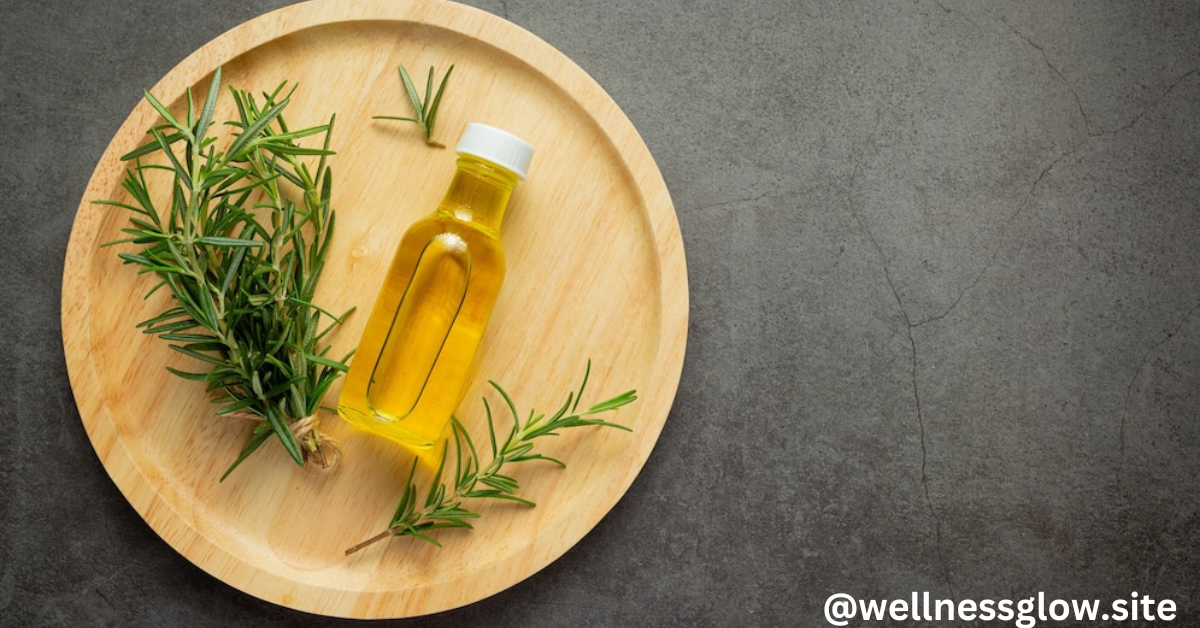
The efficacy of Rosmarinus officinalis (rosemary) in treating hair loss has been investigated. Research conducted in Tehran, Iran in 2015 indicates that it works for androgenic alopecia roughly as well as 2% minoxidil. However, don’t expect to use rosemary and see effects right away. Although it begins to work immediately, you won’t see any changes until you’ve been using it every day for at least half a year.
PEPPERMINT Oil and DMSO for Hair
Mentha piperita, or peppermint, aids in boosting scalp blood flow. It works especially well to encourage hair development in the anagen phase, which is when the hair shaft is developing. Research has shown that the use of peppermint oil enhances hair development by increasing the quantity, depth, and number of follicles.
Essential oils for hair growth: rosemary and peppermint
Drops of organic rosemary essential oil and peppermint essential oil may be added to your shampoo or conditioner. NEVER ADD DMSO to shampoo or conditioner since most of these products include harmful compounds like parabens, which react readily with DMSO to form a mixture that enters cells more readily.
Both the essential oils of peppermint and rosemary may be combined with a carrier oil, such castor, apricot kernel, or grapeseed oil, and applied topically to the scalp once a day.
THYME
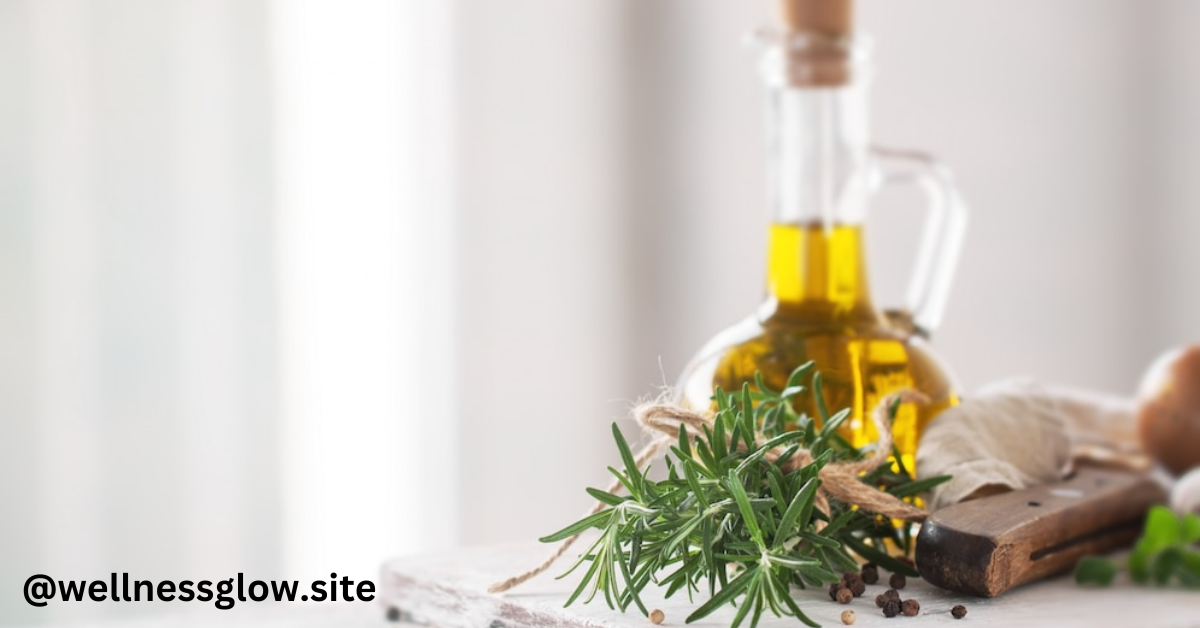
Thyme helps stop hair loss by stimulating the scalp. It may also assist with androgenic alopecia. It is very beneficial in the treatment of alopecia areata. Maybe you have some essential oil of thyme on hand already. If so, you may include a few drops of thyme into your concoction for hair growth.
LAVENDER:
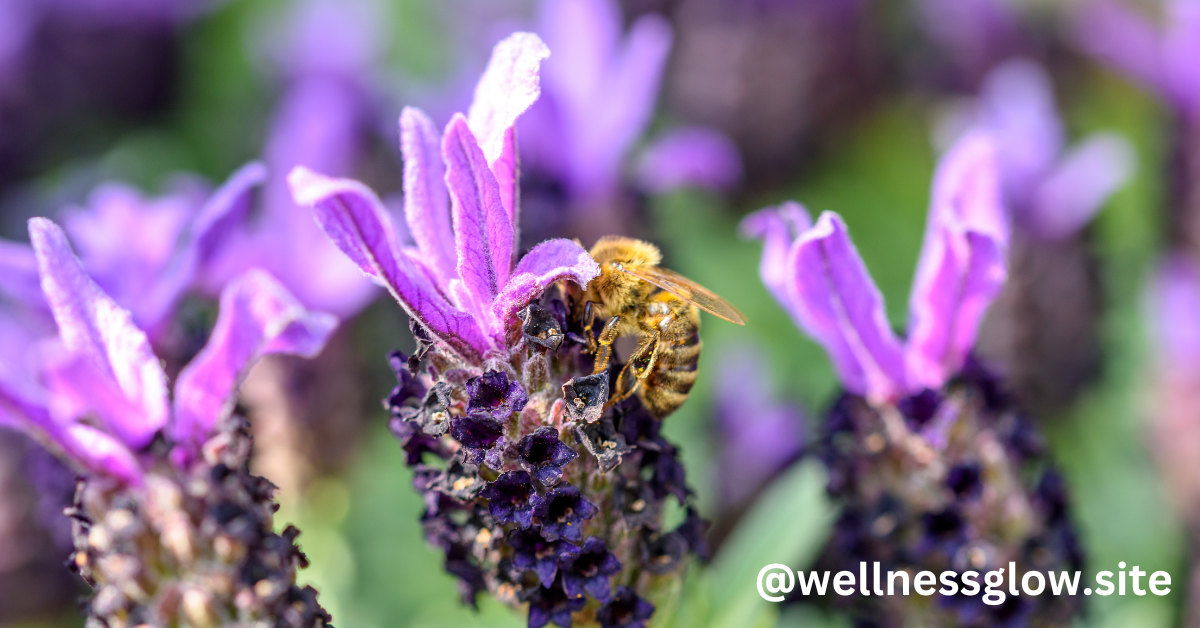
Because lavender essential oil may promote quicker and thicker hair growth, scientists have lately explored the benefits of lavender essential oil. Applying a combination just before bed is a wonderful time to add a few drops of lavender essential oils for hair regeneration. In addition to having a wonderful scent, lavender relaxes the body.
Cedarwood Oil
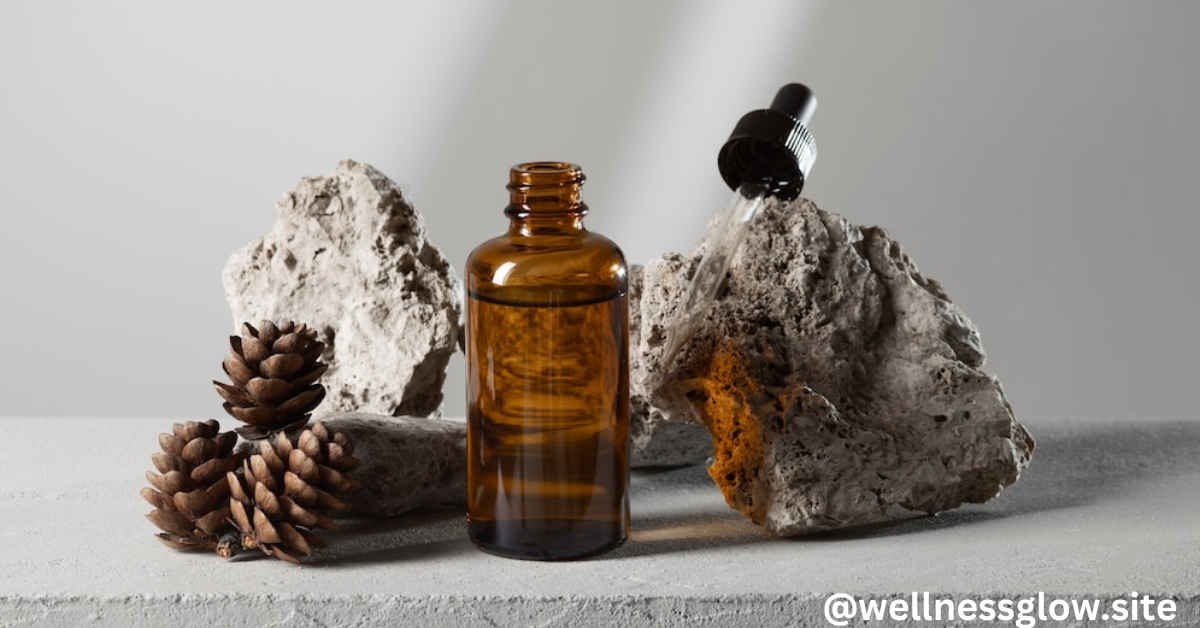
Because cedarwood essential oil balances the oils on the scalp, it may help prevent hair loss. Additionally, because of its antifungal and antibacterial properties, it may aid in the treatment of infections that may be the cause of hair loss. Since cedarwood essential oil is widely renowned for promoting hair growth, including it to your at-home hair restoration therapy is certainly an excellent idea.
BAOBOB OIL
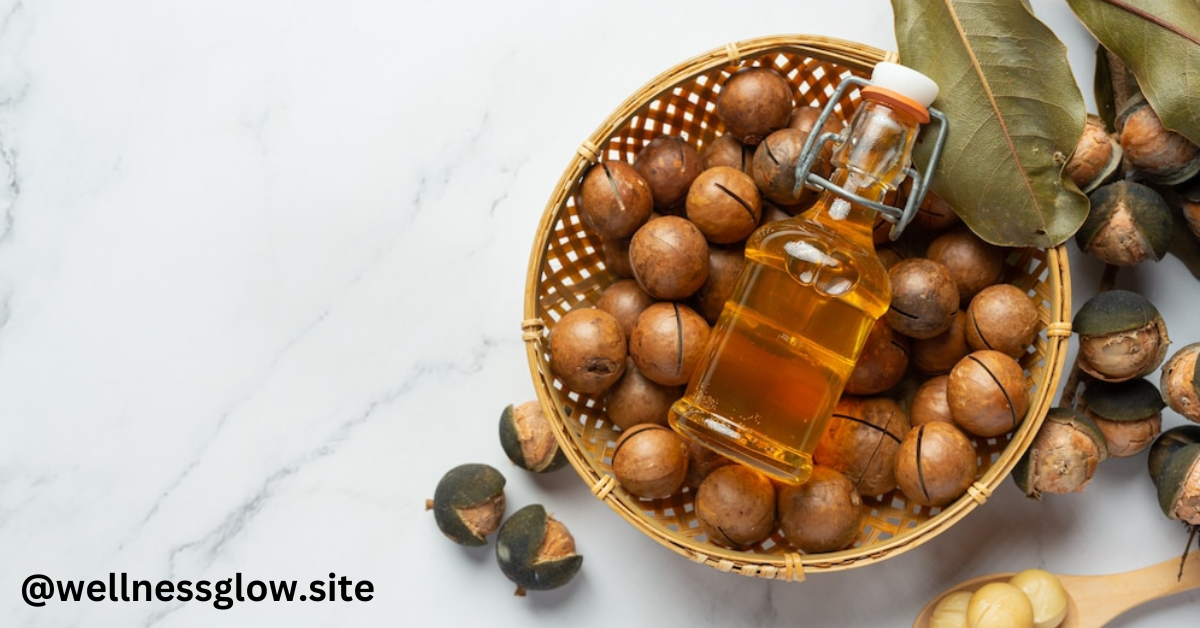
: Rich in nutrients, baobab oil has a high absorption rate into hair follicles and may stimulate hair growth. It may aid in strengthening hair and has anti-inflammatory qualities. Also use it to improve the health of your skin. Remember that adding infrared light therapy to your at-home hair regeneration treatment is a terrific idea, especially if you include castor oil into the combination (as mentioned above), since it absorbs into the skin more easily when mixed with a little heat. Sometimes, red light is used alone to promote hair growth.
How to Use Essential Oils for Hair Loss
Essential oils are highly concentrated, and should never be applied directly to the skin. Use the following methods to safely apply essential oils for hair loss:
Scalp Massage: Add a few drops of essential oil to a carrier oil and massage into the scalp.
Hair Masks: Mix essential oils with a nourishing ingredient like shea butter or aloe vera and apply as a hair mask.
Shampoos and Conditioners: Add a few drops of essential oil to your regular shampoo or conditioner for a daily boost.
Conclusion
Experimenting with DMSO and essential oils for hair loss can be an exciting natural approach to hair care. However, it’s essential to approach these treatments with caution and consult with a healthcare professional, especially if you have underlying health conditions or are pregnant or nursing. Remember, healthy hair growth is often a reflection of overall health, so taking care of your body through proper nutrition, stress management, and a good hair care routine is key.
Read More Dmso for face wrinkles

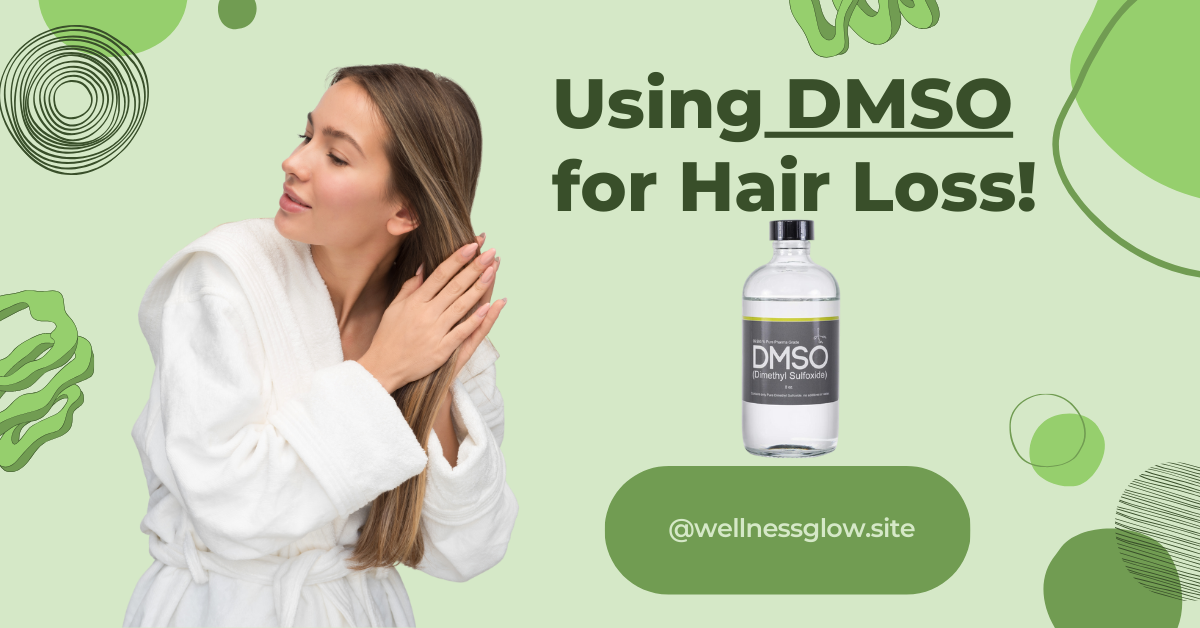
Pingback: Dmso and castor oil for scar tissue:Secret Guide [2024]